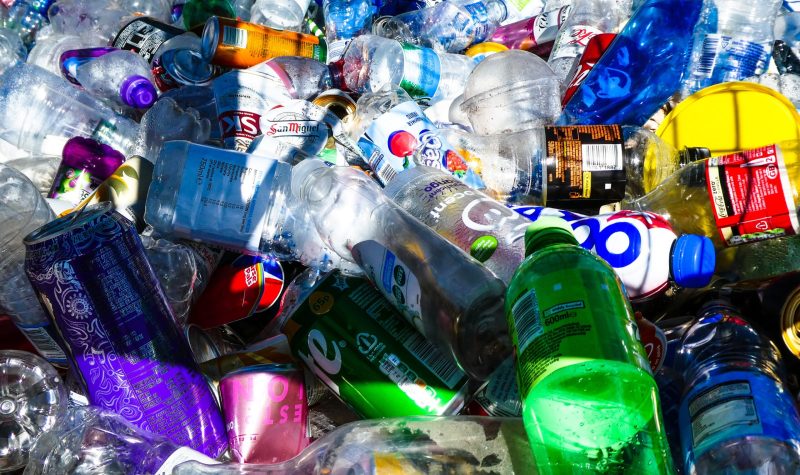On Oct. 19, the Ontario government announced its next steps to revamp curb-side recycling through the blue box program. Their proposal is posted for public feedback until Dec. 2, 2020. CJRU spoke with Ashley Wallis, the plastic program manager at Environmental Defence Canada, to learn how plastics navigate the recycling system and what’s missing from the proposal.
The management and funding of the blue box program is currently shared by municipalities and producers. Producers are the companies that create the packaging and products that end up in our curb-side blue boxes. Right now, producers can be responsible for up to 50% of the program and Ontario is proposing that the blue box program becomes the sole responsibility of producers by 2026. This approach is called an Extended Producer Responsibility (EPR) system and, in theory, it incentivizes companies to minimize and innovate around the materials they put into the market.
Wallis says the EPR system must be carefully designed to create the impacts that Ontario is seeking. When it comes to plastics, she explains that the proposal grants too much flexibility to producers.
The provincial government has categorized plastics as “flexible” or “rigid” and proposed targets for each. Starting 2026, producers will have to divert a certain percentage of these materials based on the amount they’re putting into the environment. Wallis says that there should be more categories to match the seven classification of plastics that exist. By grouping all these materials into two categories, she says that it doesn’t allow the EPR system to be as effective as it could be. She predicts that producers will meet the proposed targets through materials that they’re already able to recycle rather than tackling all types of plastic they produce.
“A lot more stuff is supposed to go into the blue box in this regulation, but there's no guarantee that every item will be recycled. If producers can achieve a 60% recycling target for rigid plastics just by going after things like laundry detergent bottles and shampoo bottles without having to go after things like plastic cutlery and styrofoam cups ... there’s no incentive to go after materials that are problematic,” Wallis explains.
In addition to wanting material-specific targets, Wallis reminds us that plastics are not recycled in the same way as other materials. When curbside recycling began 40 years ago, most of the contents in blue boxes were paper, glass and metal which can be recycled numerous times. She explains that plastics, which are abundant in today’s blue boxes, lose their quality with each recycle and are eventually destined for landfills.
While Wallis calls for a more impactful proposal, she also acknowledges that recycling is should not be over-emphasized.
“Recycling should be a last ditch effort to keep something out of the landfill. With a lot of our products, it’s the only thing we do to reduce waste. Recycling has given people the false impression that single-use disposability level is okay… We want to prioritize reduction overall, then reuse, then repair and refurbishment, and all the way at the bottom [of the hierarchy] should be recycling,” she says.
She notes Tim Horton’s recent partnership with Terracycle as an example of innovation within the realm of waste reduction. They’re introducing a pilot program where guests can pay a deposit to receive reusable and returnable cups or food containers with their order. This is the kind of innovative thinking that Wallis hopes to see more of as Ontario adopts the EPR system, if it is implemented correctly. To voice your opinion on the blue box proposal, visit the Ontario government's website.
To hear more about the financial impact of these changes and more, listen to the interview below.
For more information and resources around plastic pollution, read the Environmental Defence Canada blog.


